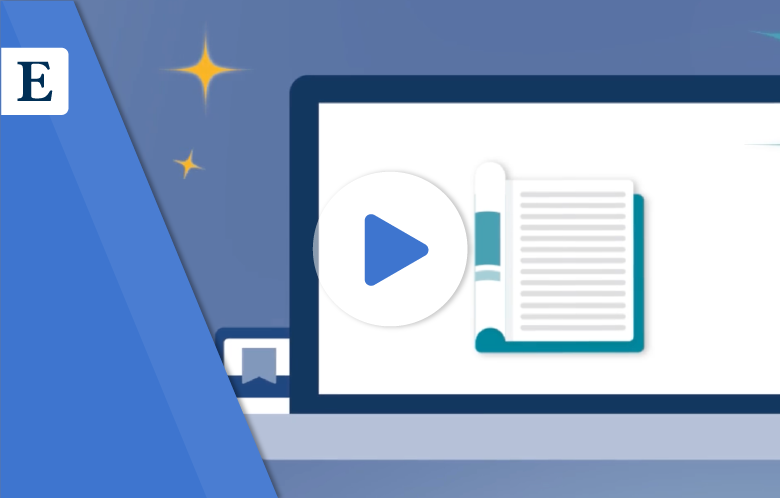
Alternative Text Format | Download
Health Literacy in America
Health Literacy in America
Health literacy is the ability to find, understand and use health information and services. Confusion about health information transcends race, gender, age, income and geography.
As trusted institutions, libraries can help increase health literacy in their communities.
By the numbers
- 9 out of 10 adults struggle to understand and use personal and public health information.
- Older adults (age 60+) demonstrate the lowest health literacy of any age group.
- 71% have difficulty using health information materials.
- 80% struggle to read forms or charts.
- 68% have trouble interpreting numbers and doing calculations.
- Annual cost of low health literacy: $238 billion
- Improving health literacy may prevent nearly 1 million hospital visits or save more than $25 billion a year.
E-health literacy
E-health literacy is the ability to evaluate health information from electronic sources and use the knowledge gained to address or solve a health problem.
- 96% of American adults use the internet
- 72% of adult internet users search for health information online
Health information topics people search for online:
- Medical conditions and symptoms
- Prescription drugs
- Mental health
- Nutrition and diet
- Skin health
- Telemedicine
- Treatment options
- Preventative care
- Support communities
- Medical research and studies
- Fitness and exercise
- Pregnancy and childbirth
- Healthcare providers
10 ways libraries can help
- Provide internet access and lend Wi-Fi hotspots.
- Publish a consumer health information pathfinder on your library website. Link to reputable websites, organizations and library resources.
- Show people how to find reliable information using library databases, such as Consumer Health Ultimate.
- Distribute preventative healthcare information and promote free services, such as flu shot clinics or skin cancer screenings.
- Print resources for people to take home.
- Refer people to local health services.
- Include health information resources in the library e-newsletter.
- Create book displays on health and wellness topics.
- Establish partnerships with local healthcare providers and organizations.
- Deliver health literacy programs for children, teens, adults and seniors.
Sources
- Centers for Disease Control and Prevention. (2022). What is health literacy?. Retrieved from https://www.cdc.gov/healthliteracy/learn/index.html
- Centers for Disease Control and Prevention. (2022). Older adults still make up the biggest group who struggles with health literacy. Retrieved from https://www.cdc.gov/healthliteracy/features/older-adults-health-literacy.html
- Vernon, J. A., Trujillo, A., Rosenbaum, S., & DeBuono, B. (2007). Low health literacy: Implications for national health policy. Retrieved from https://hsrc.himmelfarb.gwu.edu/sphhs_policy_facpubs/172
- Zarcadoolas, C. (2005). The simplicity complex: Exploring simplified health messages in a complex world. Health Promotion International, 20(2), 139–146. https://doi.org/10.1093/heapro/dah609
- National Network of Libraries of Medicine. (2022). 10 ways libraries can improve health literacy. Retrieved from https://nnlm.gov/initiatives/topics/health-literacy
- Pew Research Center. (2013). Health online 2013. Retrieved from https://www.pewresearch.org/internet/2013/01/15/health-online-2013/
- Norman, C., & Skinner, H. (2006). eHealth Literacy: Essential skills for consumer health in a networked world. Journal of Medical Internet Research, 8(2), e9. https://doi.org/10.2196/jmir.8.2.e9
- EBSCO. (2022). Consumer Health Ultimate. Retrieved from https://www.ebsco.com/products/research-databases/consumer-health-ultimate
Learn how Consumer Health Ultimate can support the health information needs of library patrons.
Learn how Consumer Health Ultimate can support the health information needs of library patrons.


